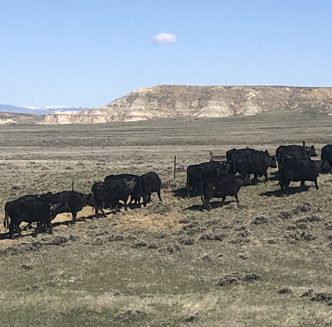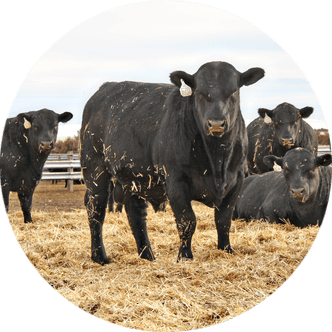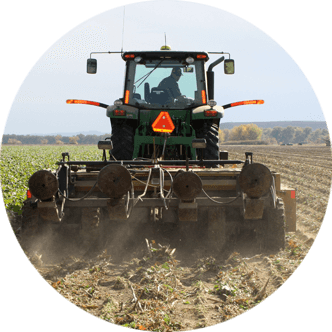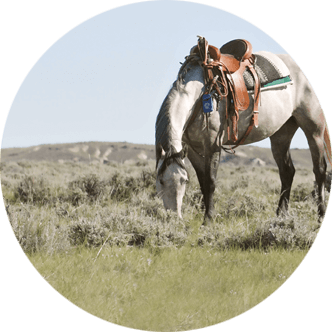What’s Your Beef?
It’s grilling season now, and American ranchers and feeders offer some great beef and lamb products to enhance grilling season.
As you can tell, I like to brag about American beef and lamb. I can assure you, their increased quality is not by chance.
Better management practices and technology, along with genetics, are just some of the reasons consumers want more lamb and are still buying beef at record-high prices at the meat counter and at restaurants.
With beef and lamb, it all starts with seedstock producers, the people who raise breeding bulls and rams.
Cattle seedstock producers have improved genetics since the 1970-80s and have developed artificial insemination to a proven science now. I sure wouldn’t call it modifying cattle, it’s just working together to provide a beef product consumers want.
While cattle numbers are at record lows, beef carcass weights are at record highs, which is compensating for some of the low numbers. This technological advancement in producing cattle has allowed beef producers and feeders to produce more beef per head.
The real proof comes in the grading of beef carcasses, which has also vastly improved.
Beef is evaluated by highly-skilled U.S. Department of Agriculture (USDA) meat graders.
Besides assuring a healthy, hormone- and antibiotic-free carcass, USDA meat graders use a subjective characteristic assessment process and electronic instruments to measure meat characteristics. These characteristics follow the official grade standards developed, maintained and interpreted by USDA’s Agricultural Marketing Service.
According to the USDA, beef is graded in two ways – quality grades for tenderness, juiciness and flavor and yield grades for the amount of useable lean meat on the carcass.
The grades for higher cuts of beef are Prime, Choice and Select – cuts one would find in the meat counter.
The standard and commercial grades of beef are frequently sold as ungraded or as store brand meat. Utility, Cutter and Canner grades of beef are seldom, if ever, sold at retail, but are sold instead as ground beef, as some stew meat and processed beef products such as hot dogs, etc.
Prime beef is produced from younger, well-fed beef cattle. It has abundant marbling – the amount of fat interspersed with lean meat – and is generally sold in restaurants and hotels or used for dry-heat cooking such as broiling, roasting and grilling.
Choice beef is high quality, but has less marbling than Prime. Choice roasts and steaks from the loin will be tender, juicy and flavorful and are suited for dry-heat cooking, you just have to be careful not to overcook it.
Select beef is very uniform in quality and normally leaner than higher grades. It is fairly tender, but because it has less marbling, it may lack some of the juiciness and flavor of higher-grading products. It should be marinated before cooking or braised to obtain maximum tenderness and flavor.
To prove the industryʼs improvement, in 1998 Choice carcasses were about 50 to 55 percent Choice. Today it is around 75 percent of carcasses, and recently, with heavier fed cattle, there are more Prime carcasses than Select.
That, my friends, is success.





